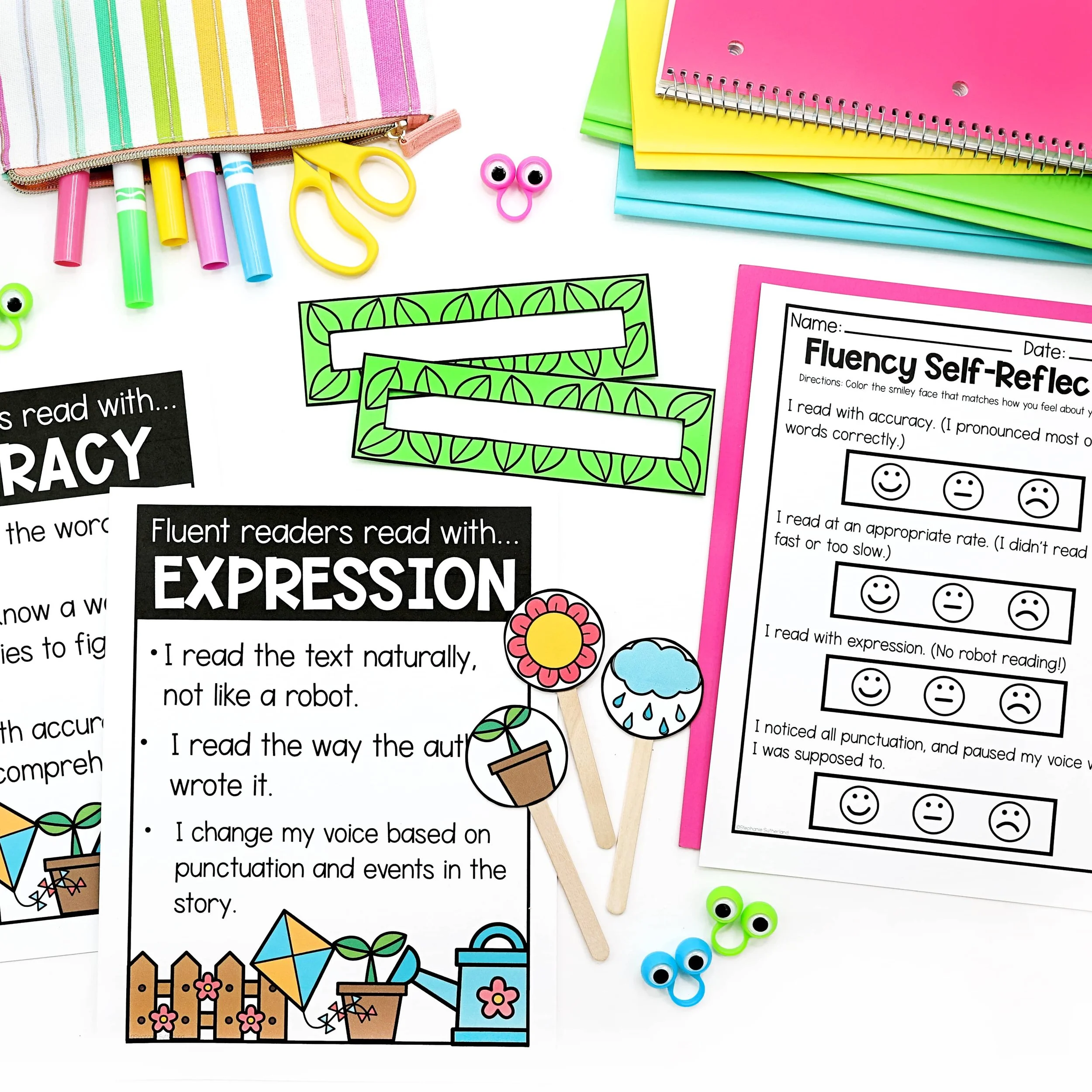Why Reading Fluency Matters (and How to Build It Without Adding More to Your Plate)
2nd Grade is what we call a “bridge year”. The kids have been working heavily on phonemic awareness and phonics all through K and 1st grade. 3rd-5th grade promises complex texts that require a well-developed vocabulary and stamina. 2nd grade is the year to bridge the kids from early literacy skills to advanced literacy skills.
That bridge? Fluency.
Fluency has really taken the spotlight in recent years. It was cited as the “forgotten element of reading instruction” for a hot minute, but we’re giving credit where credit’s due now. Fluency work matters.
According to research, students who read smoothly, accurately, and with expression have higher overall reading comprehension. If students are stuck sounding out every word, they simply don’t have the brain space left to understand what they’re reading.
And yet, with so much on your plate, fitting fluency into the day feels… impossible.
Why Traditional Fluency Practice Falls Short
Most programs leave teachers with one of two options:
Whole-class fluency drills, which aren’t engaging
Working one-on-one, which isn’t realistic
The result? Students who need fluency practice the most often get the least targeted support.
A Better Way: Independent Reading Fluency Centers
That’s why I created the Year-Long Reading Fluency Centers:
a low-prep, flexible system that helps students build fluency even when you’re not right next to them.
Here’s why teachers love them:
✏️ Use with ANY text → passages, poems, books, or leveled readers
🔄 Built-in routines students can do independently or in pairs
🎧 Multiple modalities: whisper reading, echo reading, and timed practice
🎯 Targets all three fluency components → accuracy, speed, and expression
With this one bundle, you’ll have year-long centers that spiral through every skill and make fluency a daily habit — without creating more work for you.
How It Fits Into Your Schedule
Whether you have 10 minutes or a dedicated center block, these fluency routines slide right in:
Guided Reading Groups → Rotate students through while you meet with others
Morning Work → Students grab a book and start practicing automatically
Early Finisher Option → Keeps students meaningfully engaged without extra prep
Your students get consistent practice, and you get your time back.
Fluency is the foundation of reading success — but you don’t have to squeeze it in on top of everything else. With these year-long fluency centers, your students get the practice they need, your schedule stays manageable, and you finally stop feeling guilty about skipping fluency altogether.
🎉 Grab the Year-Long Fluency Centers Bundle here →
Reading Fluency Centers for 2nd Grade


